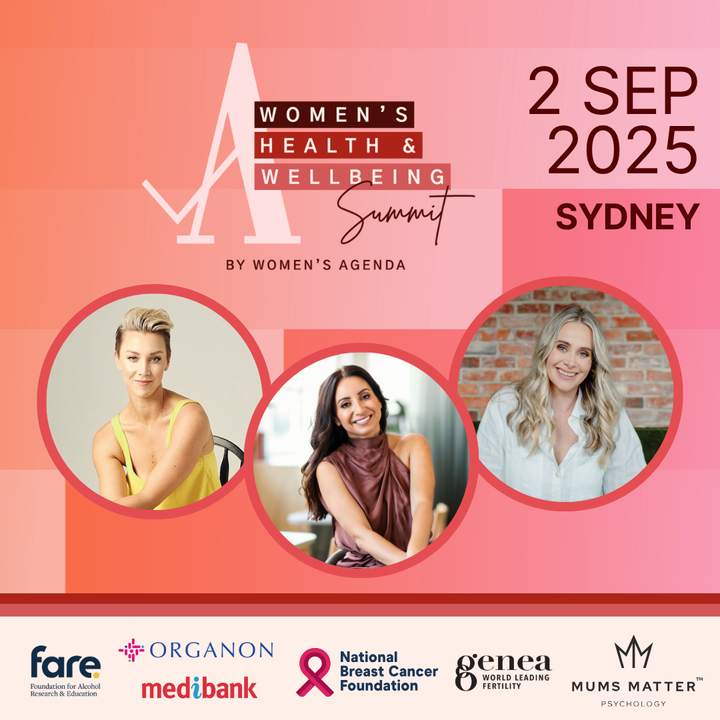We rolled into Mparntwe and pulled into the Coles car park twenty minutes after Kumanjayi White was killed.
He was a 24-year-old disabled Warlpiri man, living under the guardianship of the state, supposedly cared for under the NDIS. The state was supposed to be his carer, instead they were his executioner. Two police officers crushed and killed Kumanjayi White on the floor of a supermarket while he was trying to get food. We saw the police van still in the Coles carpark, lights flashing, as the radio reported another death in custody.
Our hearts sank. Another Blak life stolen by so-called agents of law and order.
That moment cast a shadow over our entire visit.
We were in Mparntwe to visit the Kunga Stopping Violence Program, run by the Kunga team at NAAJA. The program runs a four-week course in Alice Springs Correctional Centre twice a year on topics such as trauma, grief, loss, violence, and anger to support participants to build trust, gain personal insight, skills, and confidence. But no program, no matter how powerful, can stop the kind of state violence that killed Kumanjayi White. No program can protect Aboriginal communities from the brutal architecture of prisons, policing, surveillance, and colonial control.
“They no good in here”
We spent two days inside Alice Springs prison with the Kunga team and the women incarcerated there. You could be in any prison across this continent—or across the world—and you’d hear the same stories. But for women, particularly Aboriginal women, the violence is sharpened, specific, and mostly invisible.
Despite being the fastest growing prison population, women remain an afterthought in prisons. In Alice Springs, women are denied access to education programs. Their only job is packing breakfast packs—and the prison has the nerve to call that an “industry.” For this labour, they are paid $32.50 per week. When you consider that a single 15-minute phone call to family costs $6, it becomes painfully clear that the system was never designed with their dignity—or their futures—in mind.
If you are too unwell or disabled to work—and many are, due to the intersecting violence of incarceration, neglect, and systemic harm—you’re placed on an unemployed wage of just $7.50 per week. This, in a system where the majority of women are criminalised precisely because of racism, poverty, disability, and state abandonment. Almost half (47 per cent) of women entering prison report a limitation in everyday activities, and research estimates that between 40 and 73 per cent of women in prison have acquired brain injuries. These are not edge cases—these are the women the system captures, punishes, and then denies even the most basic supports.
“I’m bit worried…bit sad”
The National Network of Incarcerated and Formerly Incarcerated Women and Girls has been vocal in opposing the relocation of women from Alice Springs to Darwin prison. We came to listen. The stories the women told us were harrowing.
One woman described being woken at 3am, shackled at the wrists and ankles with chains, and thrown into a prison van with two other women. They travelled the 16-hour journey to Darwin with no seatbelts and made only three stops for the toilet. Each time, still shackled, their pants slipping down, they were subjected to full pat-downs. “I felt every bit the prisoner,” she said.
Another woman signed up for what she thought was a mental health program. But it was a lie. The women were tricked into signing up for what turned out to be a prison transfer. They were handcuffed and loaded onto a small aircraft to Darwin.
Once there, they were met with unbearable heat. The prison was overcrowded. Air conditioners didn’t work. Each cell had one tiny fan. Women wrapped themselves in wet towels, slept soaked, trying to survive the heat. They were left outside all day, under the sun. Darwin was meant to be a transfer. It felt like punishment.
Same deception. Same cruelty. Same disrespect.
“Sometimes they touch our front parts”
We witnessed aggressive pat-downs during our time inside. Women lined up, hands against the wall, legs spread. A female officer ran her hands roughly across their entire bodies. Women are patted down and strip-searched multiple times a day—before and after programs, during cell movements, upon arrival, even “stripped” before being released from prison. What do they think women are smuggling out?
One young woman, describing the frequent pat-downs, said: “Sometimes they touch our front parts. Why they gotta touch our front parts?”
Strip-searching is routine, violent, and traumatic. And it happens to women who are already hyper-policed, over-surveilled, and criminalised for simply surviving.
“They left me out in the cold”
We heard about the conditions in the watch houses. Dozens of women packed into a single cell, with not enough mattresses to go around—some were forced to share. There was only one shower, and some women waited two to three weeks before they could bathe. Male officers were present in the clinic, leading many women to refuse medical treatment altogether. The food was minimal and often spoiled. One woman told us she saved her rice to eat later, knowing she’d still be hungry—but by the time she returned to it, the rice had gone bad, and she became sick.
Some women had been held in watch houses for as long as six weeks. One woman told us she hadn’t had fresh air in three months. She spent the entire December–January period locked in a cell with 30 to 38 other women and only two toilets.
That is not care. That is not justice. That is torture.
Even women approaching release were still stuck behind bars. “Why not let us out early?” they asked. “The prisons are full anyway.”
One woman explained that her release date fell on a Saturday—when Centrelink would be closed, along with most support services. She would be released with no money, no blankets, no clothes. “They leave me out in the cold,” she said.
This is how the system works: not to support women, but to set them up to fail.
As part of the program, the women work together to paint a large shared canvas. The offices of the Kunga Stopping Violence Program are adorned with these collective artworks—vivid, layered pieces that represent years of shared struggle, love, strength, and healing. On this visit, the women began their new canvas with the words #FreeHer. They chanted it together as we gathered for a group photo before leaving. Then, cutting through the air, one young woman cried out: “Free me.” Her voice stayed with us.
That same energy echoed the next day, when the women watched Debbie Kilroy’s episode of Australian Story, which tells the story of her own imprisonment and her lifelong commitment to ending the criminalisation and incarceration of women and girls. The episode stayed with one woman long after the credits rolled. The next morning, she approached Debbie quietly, leaned in, and whispered: “I watched that movie about you and thought about you over the night. When I get home, I’m gonna get a job—and be like you.”
“I’m stressed. Thinking too much.”
The cumulative weight of grief, separation, and stress hangs heavy inside. One woman told us, “I am stressed—thinking too much about my cousin,” referring to Sorry Business at home.
And of course, the sadness and shared grief over the slaying of Kumanjayi White loomed heavy over us all.
Women spoke of police misconduct. “They change their stories all the time,” one said. Another woman hadn’t heard from her lawyer in weeks. “I think I’ll be in this place a long, long time,” she said.
Visits are limited to just one day—Sundays only. Even lawyers struggle to gain access. Women are left cut off from their families, from their culture, and from the outside world.
One woman from the Top End had attempted to take her own life just days before our visit. She had torn a sheet and tried to hang herself. She said the officer laughed—mocked her pain, treated her despair as a joke. She wanted to complain, but that same officer remained on the unit—still there, every day.
We saw that officer. She was cold, stern, and uncaring. When the woman asked for another officer that night, her request was refused.
No justice in a cage
The violence of prisons doesn’t begin at the point of arrest. It starts long before—with colonisation, stolen land, stolen children, racism, poverty, homelessness, and systemic neglect. But when women end up behind bars, it culminates in cruelty, silence, and disappearance.
These women are not disposable. They are not forgotten. They are leaders, survivors, mothers, carers, sisters, and cousins. They carry wisdom, love, and power in a world that refuses to see them.
We walked into that carpark on the day Kumanjayi White was killed. That moment is stitched into the fabric of our time in Mparntwe. It reminds us that the state cannot care for us. It was never designed to. Whether through brutal policing or the slow violence of incarceration, the message is the same: control, contain, erase.
But these women refuse to be erased. They are telling their stories. And we must carry them. We must fight to abolish the systems that cage and kill women and girls—and build something better in its place.
Because freedom is not a program. It is a birthright.
Become a Women’s Agenda Foundation member and support our work! We are 100% independent and women-owned. Every day, we cover the news from a women’s perspective, advocating for women’s safety, economic security, health and opportunities. Foundation memberships are currently just $5 a month.
Bonus: you’ll receive our weekly editor’s wrap of the key stories to know every Saturday.


